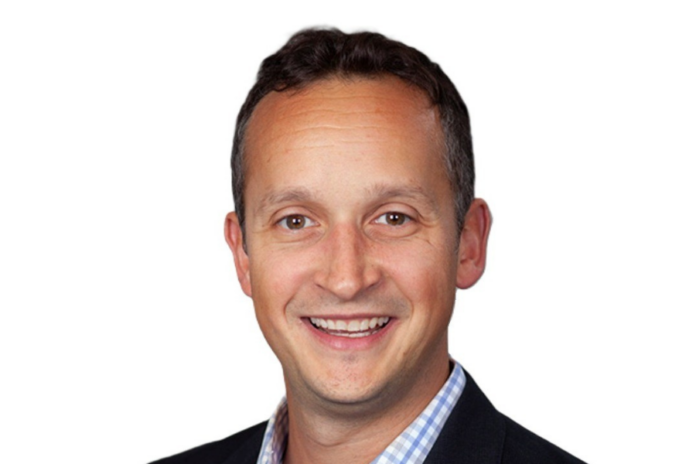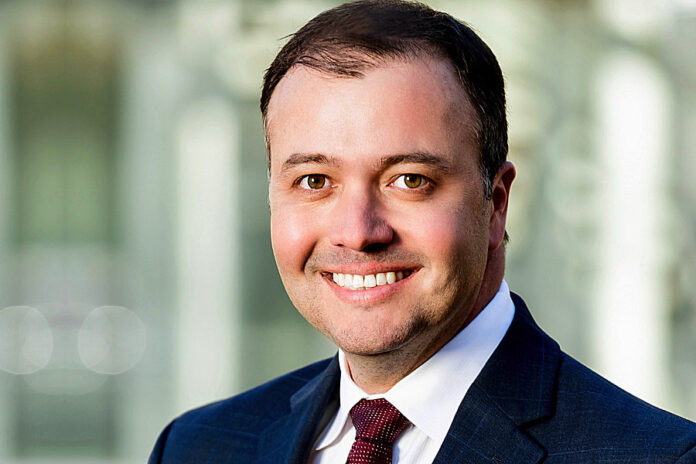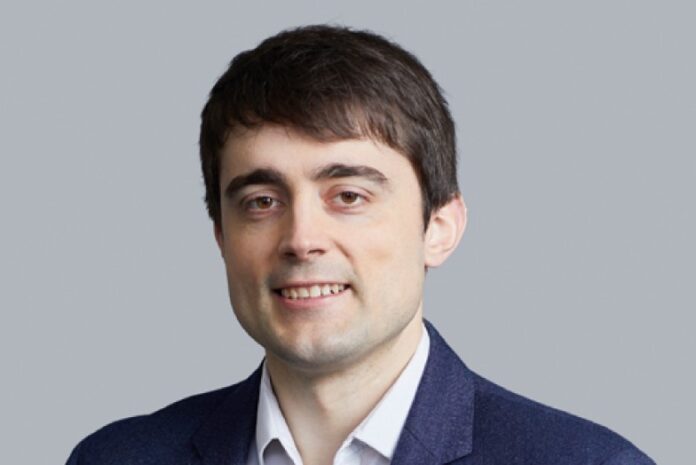Raphael Albrecht has joined HSBC as global head of traded risk independent model review.
Based in London, Albrecht is responsible for the firm’s model risk assessment across traded counterparty credit risk, value at risk, fundamental review of the trading book, economic capital for market risk and regulatory stress testing.
Albrecht has 25 years of industry experience, most recently serving as a director in Barclays’ markets quantitative analysis, model integrity and control division. Prior to this, he was a senior quant analyst at LSEG and director of quant strats for credit portfolio modelling at Credit Suisse.
Raphael Albrecht has joined HSBC as global head of traded risk independent model review.
Based in London, Albrecht is responsible for the firm’s model risk assessment across traded counterparty credit risk, value at risk, fundamental review of the trading book, economic capital for market risk and regulatory stress testing.
Albrecht has 25 years of industry experience, most recently serving as a director in Barclays’ markets quantitative analysis, model integrity and control division. Prior to this, he was a senior quant analyst at LSEG and director of quant strats for credit portfolio modelling at Credit Suisse.











